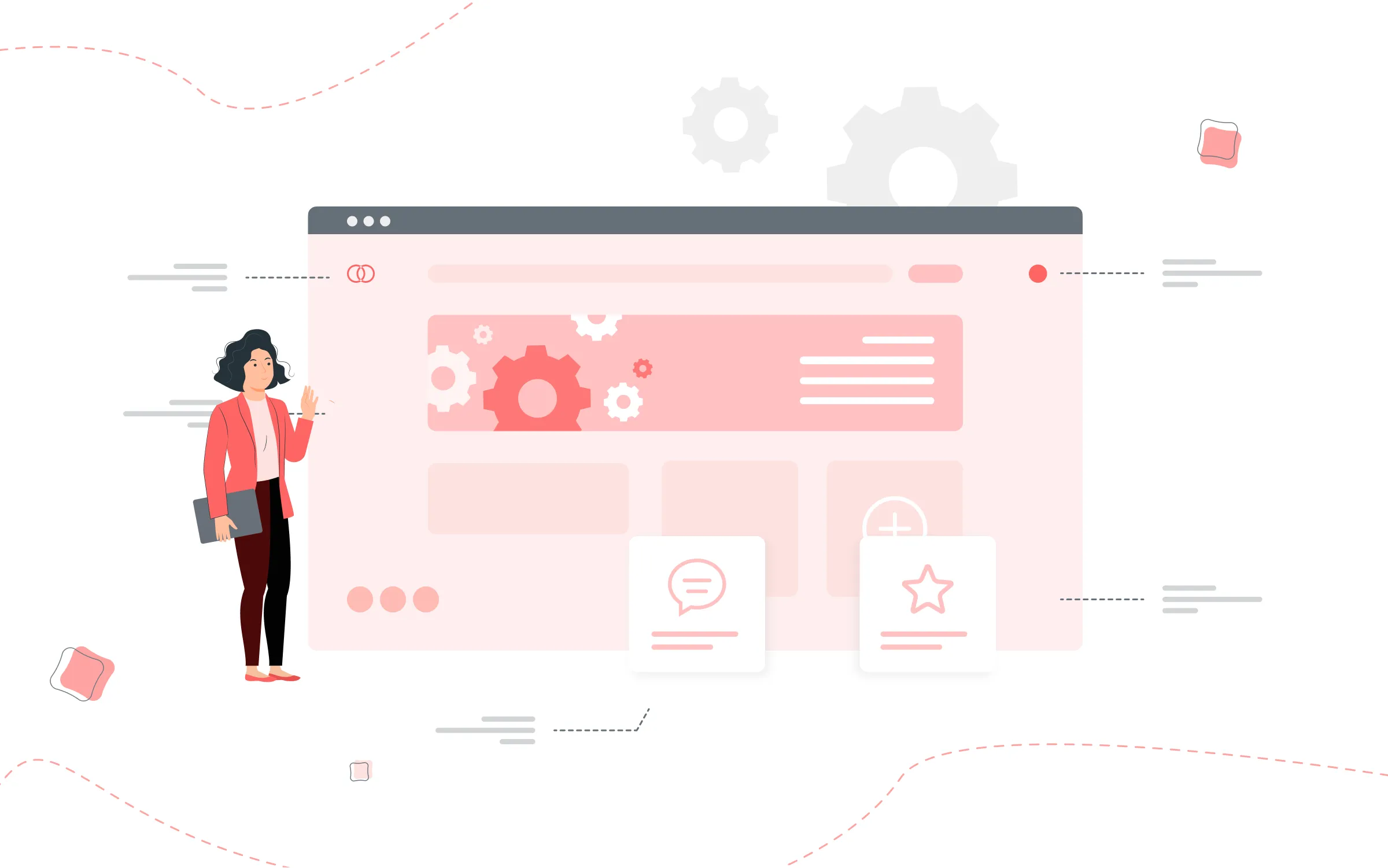Shop At Haya: Your Ultimate Shopping Guide
Discover the best shopping tips, trends, and deals for a smarter buying experience.
Less is More: Why Minimalist Web Design is the Secret Sauce for Success
Unlock the secret to online success with minimalist web design! Discover why less truly is more for captivating user experiences.
The Psychology Behind Minimalist Web Design: Why Less is More
The psychology behind minimalist web design is rooted in the principles of simplicity and functionality. As humans, we are naturally attracted to clean and uncluttered spaces, which help us focus our attention and reduce cognitive overload. A minimalist approach strips away the unnecessary elements, allowing users to navigate a website with greater ease. When visitors encounter a minimalist design, they are often able to make quicker decisions, as their attention is directed towards the essential features of the site. As a result, engagement levels increase, leading to a more satisfying user experience.
Moreover, minimalist web design resonates with the modern user’s preference for speed and efficiency. In today's fast-paced digital landscape, users have little patience for excessive graphics or complicated layouts. A minimalist design not only enhances the aesthetic appeal but also significantly improves loading times and overall performance. This focus on less being more translates into better accessibility, as a streamlined interface ensures that even users with varying levels of tech-savviness can easily find what they are looking for. Embracing a minimalist design philosophy ultimately leads to higher user retention and conversion rates.

10 Essential Principles of Minimalist Web Design for Success
Minimalist web design is all about creating a clean and efficient user experience by stripping away unnecessary elements. One essential principle is the focus on simplicity. A well-organized layout can significantly enhance user engagement. Concentrate on the essential elements that serve a purpose on your page, such as navigation menus, buttons, and content sections. Using white space effectively allows users to breathe while directing their attention where it's most needed. Thus, keeping your design uncluttered not only enhances aesthetics but also facilitates better user interaction.
Another vital principle is the importance of typography. Choose fonts that are easy to read and align with your brand's identity. It's advisable to limit the number of different fonts to maintain consistency and professionalism. Moreover, implementing a cohesive color scheme is fundamental. Stick to a palette of 2-3 primary colors to avoid overwhelming visitors. Lastly, always prioritize mobile responsiveness. A minimalist approach should translate seamlessly across devices, ensuring that your site remains functional and visually appealing for everyone.
Is Minimalism the Key to Higher Conversion Rates on Your Website?
In today's digital landscape, where attention spans are dwindling, minimalism has emerged as a crucial design philosophy that can significantly impact conversion rates on your website. By stripping away unnecessary elements and focusing on what truly matters—such as clear calls to action and concise content—minimalist design promotes a more streamlined user experience. This approach not only reduces cognitive overload for visitors but also allows them to navigate your website intuitively, leading to higher engagement and, ultimately, increased conversions.
Moreover, implementing a minimalist design can help establish brand credibility and trust. When visitors encounter a clutter-free interface, they are more likely to associate your brand with professionalism and clarity. Key elements like high-quality visuals, whitespace, and strategic use of colors can draw attention to the most critical aspects of your content. As a result, utilizing minimalism can transform your website into a powerful tool for conversion, emphasizing essential information while guiding users effortlessly through their buying journey.